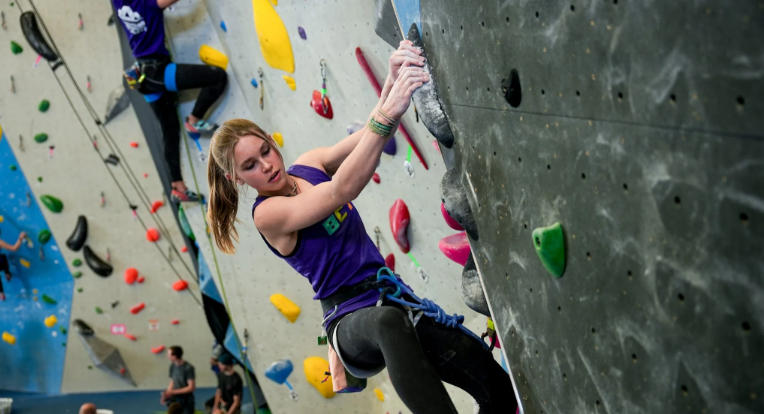Black Rock Climbers: Celebrating Diversity in the Climbing Community
Rock climbing is an exhilarating sport that offers both physical challenges and breathtaking experiences. However, the representation of Black climbers has often been overlooked in mainstream discussions. This article highlights the contributions of Black climbers, the challenges they face, and the importance of diversity in this thrilling sport.
The Legacy of Black Climbers
Black climbers have made significant contributions to the sport, with pioneers like John Gill, who is considered one of the fathers of modern bouldering. His innovative techniques and routes laid the groundwork for many climbing disciplines we see today. More recently, climbers like Kameon Denson and Ashima Shiraishi have been breaking barriers, inspiring a new generation to take up climbing. Their stories and achievements not only enrich the climbing community but also demonstrate the importance of representation in sports, encouraging young climbers from different backgrounds to pursue their passions.
Overcoming Challenges
Despite their contributions, Black climbers often face unique challenges in the climbing world. Issues such as access to climbing facilities, financial barriers, and a lack of visibility in the media can discourage potential climbers from diverse backgrounds. Many organizations and communities are now actively working to change this narrative by creating inclusive environments and programs designed to support climbers of color. Initiatives such as mentorship programs and community outreach help bridge the gap, ensuring that everyone, regardless of background, has an opportunity to experience the joy of climbing.
Building Community and Representation
Creating a more diverse climbing community is crucial for the future of the sport. Groups like the Black Climbers Collective and Color the Crag are dedicated to increasing visibility and providing a supportive network for Black climbers. These organizations not only advocate for greater inclusion but also create spaces where climbers can connect, share experiences, and empower one another. Through community gatherings, workshops, and climbing events, they aim to foster a welcoming atmosphere that encourages climbers from all backgrounds to join the adventure.
Conclusion
The world of rock climbing is richer and more vibrant with the inclusion of Black climbers and their stories. By acknowledging the challenges they face and celebrating their achievements, we can help build a more diverse and welcoming community. If you’re intrigued by the stories of Black climbers or want to get involved, consider exploring local climbing groups or events focused on diversity in the sport. Together, we can help ensure that the climbing community reflects the diversity of the world around us.
